
[ad_1]

fylm.ai, a cloud-based color grading platform, now natively supports the development and debayering of raw stills files. This latest update will allow still photographers to process their images from start to finish entirely in the cloud. Let’s take a closer look at what version 1.1 has to offer.
We’ve been keeping a close eye on fylm.ai. Announced just last spring, their color-grading in the cloud service has been out of beta since the fall.
fylm.ai is an AI powered color-grading tool for filmmakers and photographers. Its aim is to simplify the technical obstacles and to help bring your creative vision to life. Since it exists entirely in the cloud, fylm.ai allows teams to work together to democratize the finishing process.
fylm.ai 1.1 update – “Photographers Release”
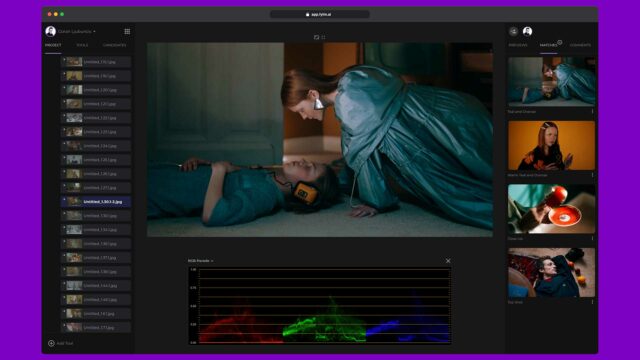
fylm.ai has actually supported Raw files since the beginning. However, the support was very simple. Fylm.ai would extract the built in thumbnail file from the Raw file and work with that to create a LUT. Users would then apply that LUT in photoshop later.
It worked well, but the team at fylm.ai wanted to help still photographers get their work done faster and quicker.
When we first set out on a mission of creating the easiest and most creative colour grading tool we always wanted to cater to filmmakers and photographers as well and this release brings us one step closer on our mission.
Fylm.ai Press Release December 20, 2021
Fylm.ai 1.1 allows them to skip that final step in Adobe Photoshop, completing the entire process on in the cloud.
How it works
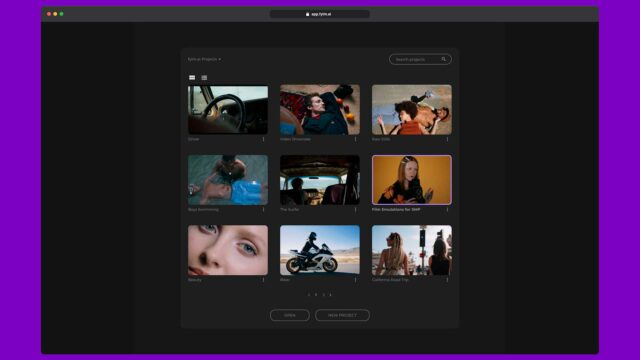
When you load a Raw file in fylm.ai it will immediately proceed to develop your raw file so that it’s ready for editing and color grading.
By default, fylm.ai 1.1 will develop your Raw file into ProPhoto RGB color space. It will also apply the correct ACES input and output transforms automatically so that your file is correctly color managed within the context of fylm.ai.
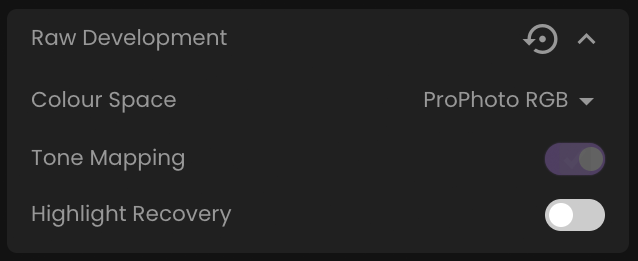
It also offers choices of Adobe RGB and sRGB color spaces. If you need even more flexibility and more room for your color edits, you can develop your Raw file into the huge ACES2065-1 container in EXR format.
When using ProPhoto RGB, Adobe RGB or sRGB, Tone Mapping option cannot be changed and it is always enabled. When you select ACES2065-1 as color space for the development of your Raw file, you can either apply tone mapping or not.
Disabling tone mapping will result in a linear response for your Raw file giving you even more room for your edits at the expense of having to tweak the file a little bit more.
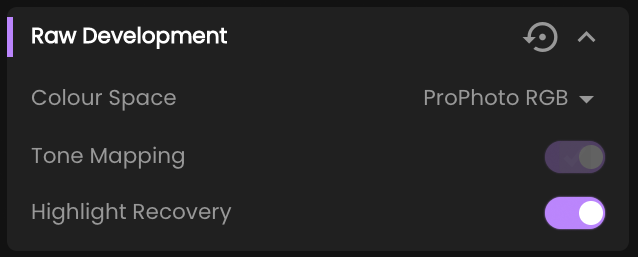
The last option available for Raw development is Highlight Recovery. Highlight Recovery option will guarantee for all pixels (which were not blown during the capture) that no channel in the Raw file will blow because of the white balance scaling.
Once your Raw file is developed, you can grade it just like any other image in fylm.ai and use all of the fylm.ai tools like you normally would.
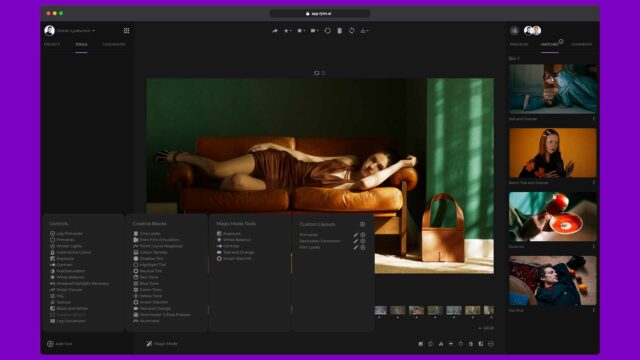
This new Raw development feature is offered free of charge to all current and new fylm.ai subscribers.
Head over to fylm.ai for more information and to get started completely for free. They’re offering 30% off annual plans with the coupon code RAWUPDATE30OFF until January 31st.
Note: At the time of writing this article, fylm.ai 1.1.1 and even 1.1.2 are already available. Both versions focus mainly on speed improvements, to learn more about them please visit the fylm.ai blog here. There you can also find a useful article where you can follow step by step the development and grading of raw files from a Sony a7R III.
How do you feel about AI-based color grading? Do you think you’d use a service like fylm.ai on and of your next projects? Let us know in the comments below.
[ad_2]






